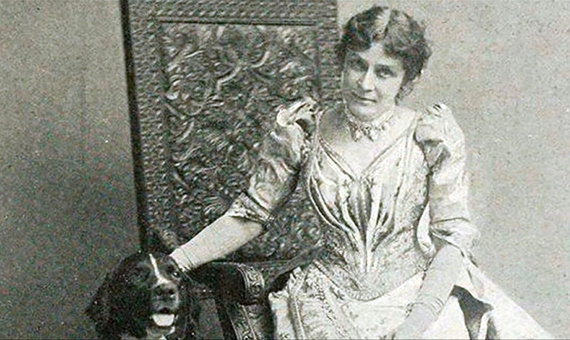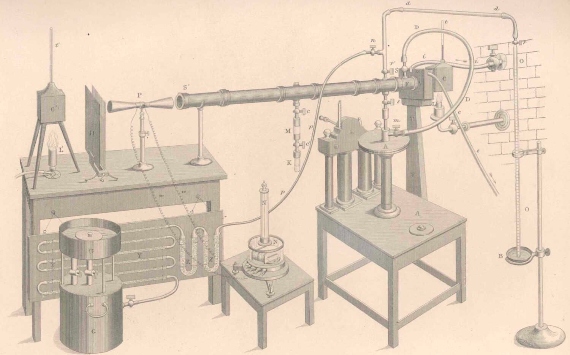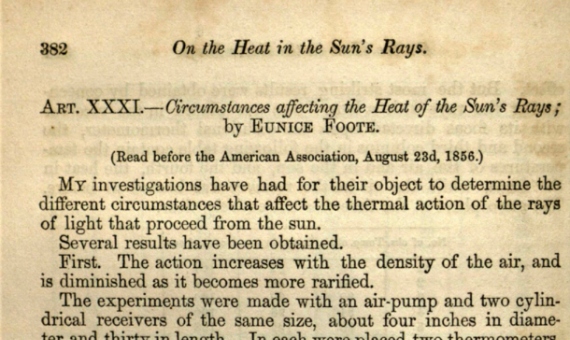 Did you know that February 11 is the International Day of Women and Girls in Science?
Did you know that February 11 is the International Day of Women and Girls in Science?
In the past, especially in the field of science, women have been overlooked and underestimated.
However, this day is the perfect day to learn more about the significant, yet neglected, discoveries that brilliant women, such as Eunice Newton Foote, have made.
Early Years To A Breakthrough
Foote was born on July 17, 1819, in Goshen, Connecticut. As a child, she attended the Troy Female Seminary.
The founder of this seminary, Emma Willard, believed in the importance of education for young women, which eventually led to Foote’s success as a scientist. Later in life, Foote married Elisha Foote and had two daughters, Mary, and Augusta Foote.
 Apart from her duty as a wife and mother, Foote was a brilliant scientist, inventor, and avid campaigner for women’s rights. Her most notable achievement was uncovering the connection between “carbonic acid gas”, or carbon dioxide, and atmospheric temperature.
Apart from her duty as a wife and mother, Foote was a brilliant scientist, inventor, and avid campaigner for women’s rights. Her most notable achievement was uncovering the connection between “carbonic acid gas”, or carbon dioxide, and atmospheric temperature.
To test her theory, Foote conducted a series of experiments, exploring the relationship between certain gases and sun rays. Examining the results, she found that sun rays affect carbon dioxide more than they affected the other gases tested. Through further research, she claimed that higher concentrations of carbon dioxide in the air cause higher temperatures in the atmosphere.
In 1856, her research was presented at the American Association for the Advancement of Science in Albany, New York. Foote did not present her own paper but was in the audience. Joseph Henry of the Smithsonian Institute presented the research and prefaced it with the words "science was of no country and of no sex. The sphere of woman embraces not only the beautiful and the useful but the true..."
Delayed Recognition
Over the years, Foote’s work was only briefly mentioned and, more often than not, uncredited.
 There seem to be many reasons for these omissions, including the fact that she does not seem to have been very active in the scientific world, so perhaps her work was not widely known. Science was a hobby for Foote – not her profession, and that may have affected how her work was viewed in the male-dominated field.
There seem to be many reasons for these omissions, including the fact that she does not seem to have been very active in the scientific world, so perhaps her work was not widely known. Science was a hobby for Foote – not her profession, and that may have affected how her work was viewed in the male-dominated field.
Also, because of the narrow scope of her experiment, there was some difficulty in interpreting her results for wider use. We must remember that “global warming” and “greenhouse gases” were not known phenomena at that time.
Foote continued to research, writing another paper on Static Electricity the following year, in 1857. Both of her experiments were mentioned in scientific journals.
Aside from her studies, she was a huge advocate for women’s rights. She attended the first Women’s Rights Convention in 1848, signing the Declaration of Sentiments–a declaration demanding equality with men in status, as well as legal rights. Ultimately, in 1888, she died as an extremely accomplished, yet underrated scientist.
Finally, In 2011, a publication by Raymond P. Sorenen brought Eunice Newton Foote the recognition and fame she deserves. Foote was one of many women who paved the way for scientific explorations by countless future generations.
Sources: Climate.gov, Physics Today, Cosmos Magazine







